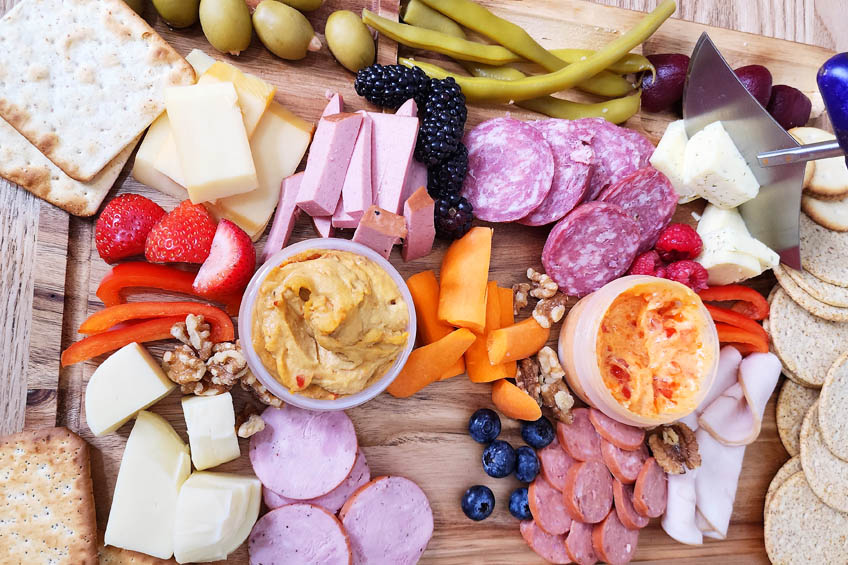
I love using my ulu to make charcuterie boards for entertaining – it’s a simple way to weave Inuit tradition into daily hosting. If you’re unfamiliar, an ulu is a wonderful and multi-purpose Inuit kitchen tool – it translates to “woman’s knife” and is used by Inuit women. An Inuk woman may own several different ulus for many different purposes, including cleaning animal skins, sewing, making clothing and food preparation. There is a man’s ulu as well which is longer in shape and looks much like a fishing knife, but they are very difficult to find. In today’s society, all genders are welcome to use an ulu for any purpose they would use a knife for.
According to Inuit legend, when an Inuk woman dies, her ulu retains her energy, making ulus powerful spiritual objects. We want our talents, knowledge and skills to never be forgotten, which is why ulus are so important to me. One of the best qualities of the ulu is how ergonomically friendly it is. You don’t need much strength to cut with it, as you have the ability to rock it back and forth. Another feature I appreciate is that one side of the blade is sharp and the other isn’t, making it extra versatile.
Historically, the blade of an ulu would be made of stone and the handle made up of either bone, ivory, antler or wood. My modern-day ulu is made of stainless steel and the handle is sodalite. To sharpen it, I use a whetstone or bring it to my local blade smith.
I encourage you to purchase an authentic ulu and try this amazing kitchen tool out for yourself. This charcuterie board is a great place to start and test out your ulu skills – I’ve specifically chosen ingredients that highlight how fun and ergonomically friendly an ulu can be in the kitchen.
Related: Canadian First Nations Recipes to Make for National Indigenous History Month
ingredients
directions
Using the ulu, cut up the salametti, bologna, turkey, kielbasa sausage and smoked pepperoni meats. I like to cut some thick and some thin to have a variety. Arrange on the board.

Slice the cheeses using the ulu. I like to cut the redwood smoked cheddar a little thinner as it is very strong in taste and I slice the mozzarella and dill Havarti into thicker slices since they are more mild. Arrange on the board.

Chop up the red pepper and carrots into long strips (easier for dipping) and arrange on the board. Add some almond-stuffed green olives, pickled beans and pickled beets to the board.
Decoratively place blackberries, blueberries, strawberries, raspberries and walnuts as desired.
Mix the cream cheese and hot red pepper jelly together and place in a small bowl. Place your red pepper dip also in a dipping bowl. Finish by adding crackers to the border of the charcuterie board.

